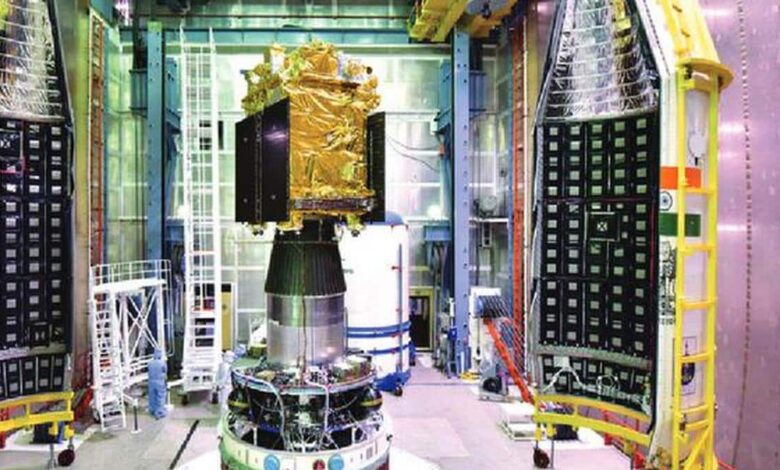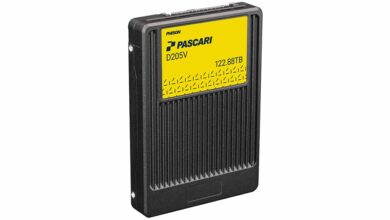Aditya-L1 Solar Mission Reveals First Key Findings on Solar CMEs

Indian scientists have achieved a major milestone in solar energy research, reporting the first major findings from the Visible Emission Line Coronagraph (VELC) on board India’s Aditya-L1 mission. The solar mission, launched by the Indian Space Research Organization (ISRO) in September 2023, is India’s first dedicated solar observing project at Lagrange Point 1 (L1). This breakthrough is an important step toward understanding the Sun’s magnetic activities and their impact on space weather.
Details of the first observed solar event
Scientists at the Indian Institute of Astrophysics (IIA) in Bengaluru reported that they were able to pinpoint the exact onset of a Coronal Mass Ejection (CME) on July 16 using the VELC instrument. This marks a significant achievement for the mission. Prof. R Ramesh, senior professor at IIA and principal investigator of the VELC payload, highlighted that this is the first scientific achievement for ISRO’s solar mission. Like several reportsthe team closely observed the CME as it formed near the solar surface and gained insight into the Sun’s corona, which can help model solar eruptions.
A new approach to solar observations
The VELC, uniquely designed and developed by IIA in collaboration with ISRO, is currently the only active coronagraph in space that can observe the corona so close to the Sun’s surface. Unlike most instruments that capture CMEs after they move further away from the Sun, VELC allows scientists to observe these eruptions from their early stages. Dr. V Muthupriyal, an astrophysicist at IIA, stated that spectroscopic observations of VELC provide new opportunities to analyze CME dynamics in unprecedented detail.
Impact of the solar cycle and future research prospects
As the sun approaches a solar maximum in its eleven-year activity cycle, the frequency of CMEs is expected to increase significantly. Continuous monitoring of such solar events is critical to understanding space weather, which can impact satellite communications and other space-dependent technologies. According to Prof. Ramesh, the data collected will be crucial for the development of future predictive models as the current phase of the 25th solar cycle intensifies. Aditya-L1 is poised to collect valuable data that will support scientists in predicting solar activities and mitigating their impact on space weather.




